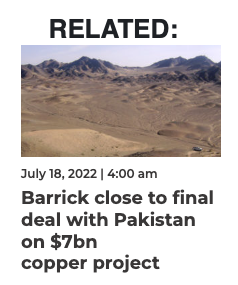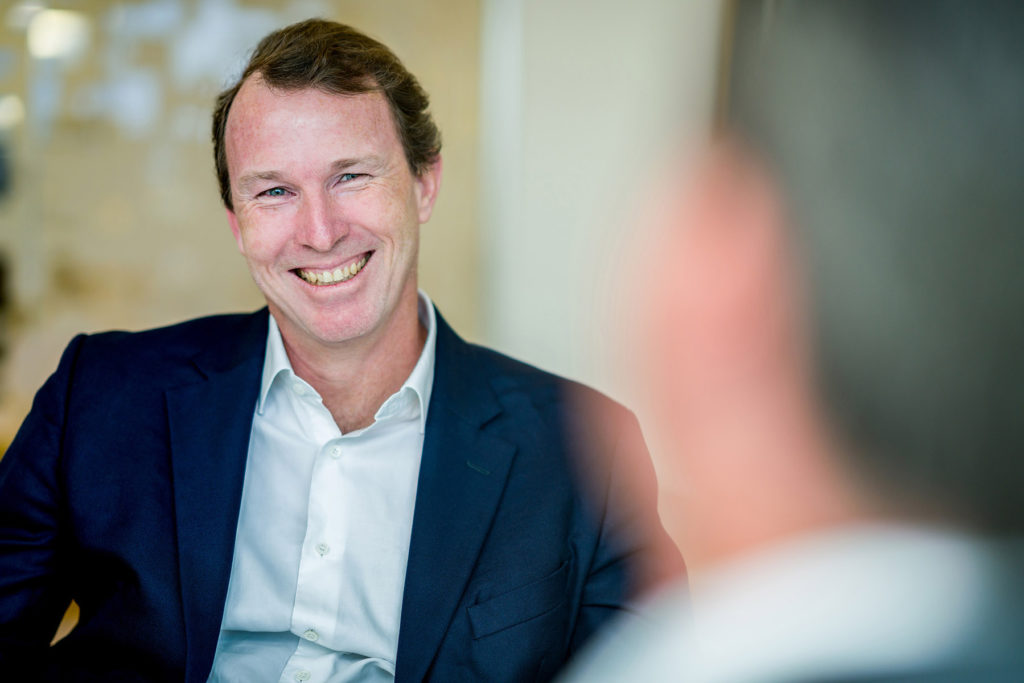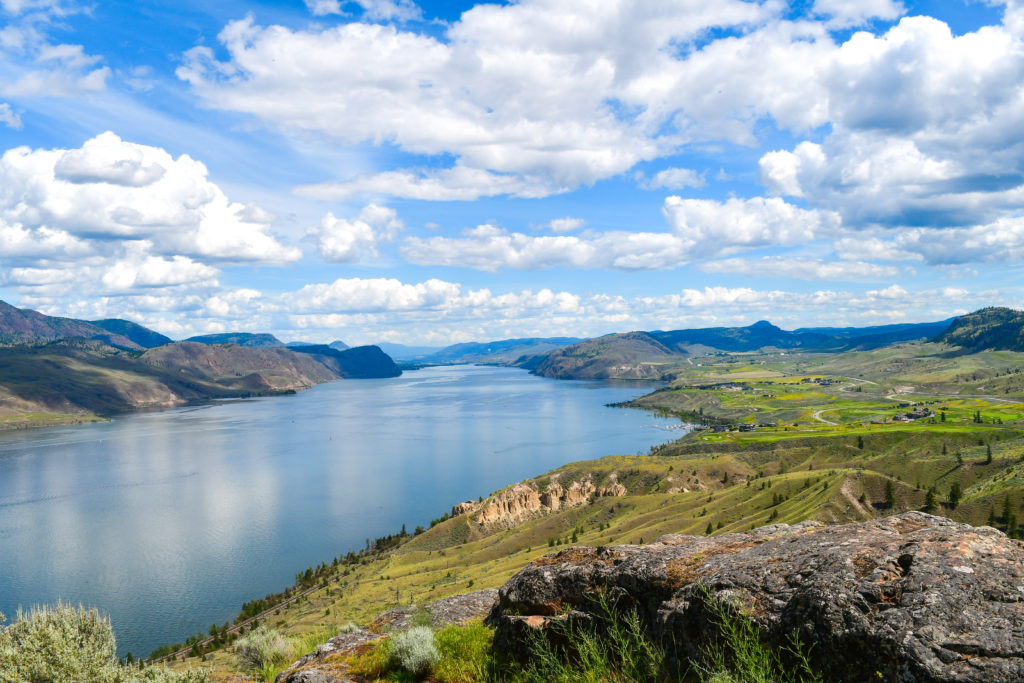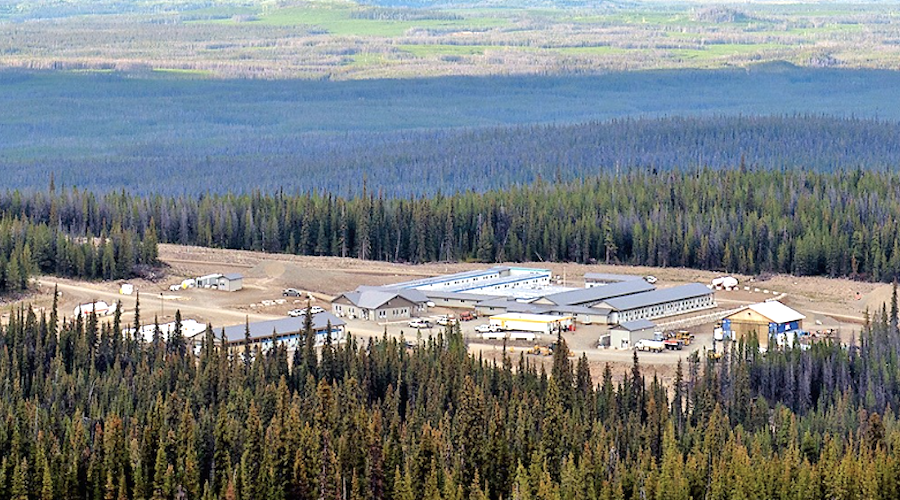Barrick Gold, Pakistan set copper-gold project funding structure

The operation will be owned 50% by Barrick, 25% by the Province and 25% by Pakistani state-owned enterprises. Once the definitive agreements are finalized, Barrick will update the unpublished 2010 feasibility study.
The structure, the gold miner said, ensures that Balochistan receives a “substantial” share of the benefits generated by the operation.
“Balochistan’s shareholding in Reko Diq will be fully funded by its partners and the federal government, which means that the province will reap the dividends, royalties and other benefits of its 25% ownership without having to contribute financially to the construction and operation of the mine,” chief executive Mark Bristow said in the statement.
Barrick said it will implement a range of social development programs before final deals are finalized and vowed to spend $70 million over the construction period. This includes upfront commitments of up to $3 million in the first year following closing, and up to $7 million in the second year.
The operation will also advance royalties to Balochistan’s government of up to $5 million in the first year following closing, up to $7.5 million in the second year, and up to $10 million per year thereafter until commercial production starts. This is subject to a cumulative $50 million maximum of advance payments, Barrick said.
The Reko Diq project, which hosts one of the world’s largest undeveloped open pit copper-gold deposits, has been on hold since 2011 due to a dispute over the legality of its licencing process.
Barrick solved the long-running dispute earlier this year, reaching a preliminary out-of-court deal that cleared the path for a final agreement on how to run the mine and profit-sharing arrangements.
The project is now seeking financing partners, with a target of 50% debt to total capitalization.
The company plans to deliver production as early as 2027-2028 from Phase 1 at a cost of around $4 billion, with Phase 2 to follow in five years and a cost of roughly $3 billion.
The miner noted that construction of the first phase Reko Diq, close to the borders of Iran and Afghanistan, will follow the study.
Two-phase development
The conceptual design calls for an open pit to be built in two phases, starting with a plant that will be able to process approximately 40 million tonnes of ore per annum, which could be doubled in five years.
The latest plan is double the annual throughput capacity and more than twice the investment estimated in an unpublished 2010 feasibility study.
During peak construction the project is expected to employ 7,500 people and once in production it will create 4,000 long-term jobs during the expected 40-year life of the mine.
Some analysts believe that Pakistan’s lack of experience in mining and its political instability make this a risky deal.
Bristow, however, said in May that he had worked in challenging situations all his life and that he was “very comfortable” with the project. He added that this was the “perfect opportunity for the mining industry to demonstrate what it can bring to an economy” of a region that has been “neglected” and struggles to get access to potable water.
This post has been syndicated from a third-party source. View the original article here.




